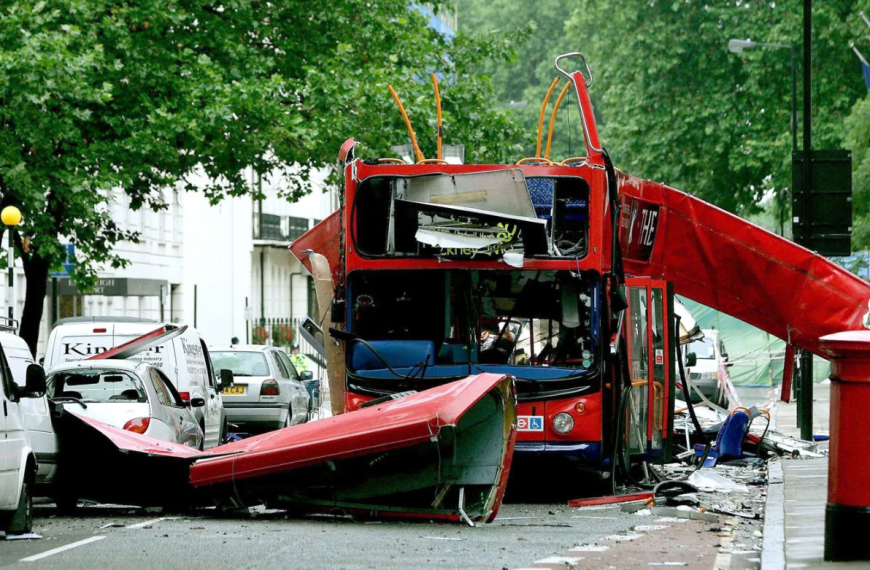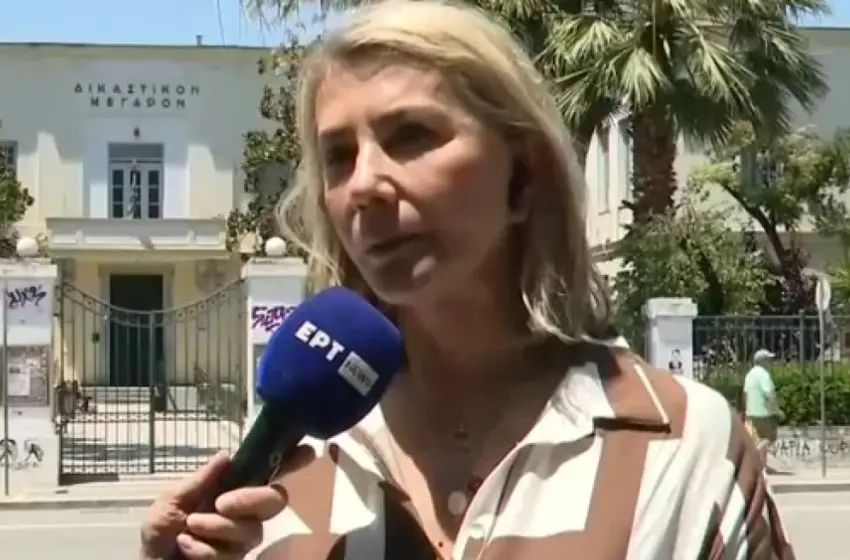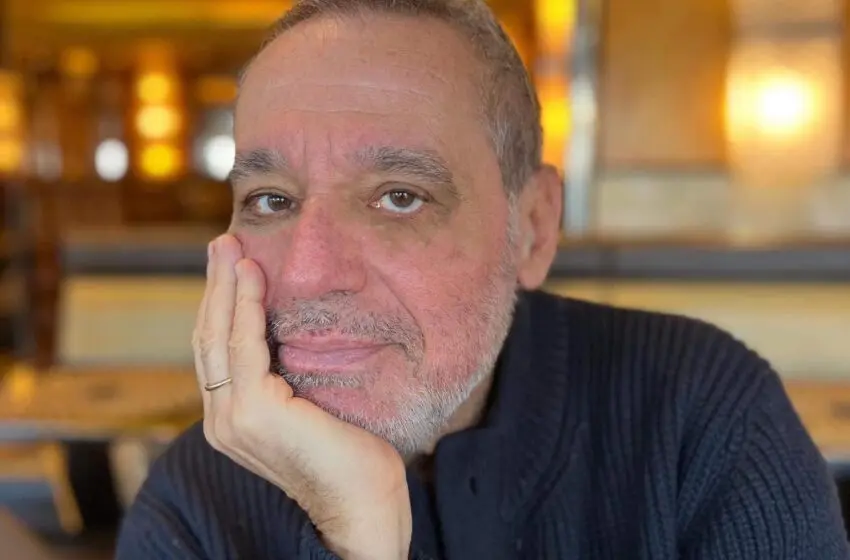Η πραγματικότητα υπερβαίνει το πληκτικό ευρωπαϊκό ευχολόγιο και την επίδειξη ευαισθησίας από την ελίτ των Βρυξελλών σε μία Ένωση που αυτο-καταργείται καταλύοντας τον βασικό πύλωνα (ανοικτά σύνορα- ελεύθερη διακίνηση πολιτών) της ύπαρξής της.
Μετά από οκτώ μήνες με Συνόδους Κορυφής, κοινές διακηρύξεις και selfies ευρωπαίων ηγετών με πρόσφυγες, οι αριθμοί είναι αμείλικτοι: 850.000 άνθρωποι εισήλθαν στην Ευρωπαϊκή Ένωση από τις ζώνες των πολέμων και της φτώχειας, 160.000 από αυτούς υποτίθεται πως έπρεπε να εγκατασταθούν σε ευρωπαϊκές χώρες, σύμφωνα με τις αποφάσεις των Ευρωπαϊκών Συμβουλίων, όμως, τελικά 272 μετεγκαταστάθηκαν.
272!!! Ακριβέστερα, 82 μετακινήθηκαν από την Ελλάδα και 190 από την Ιταλία προς τη Σουηδία, τη Γερμανία, τη Γαλλία, το Λουξεμβούργο, την Ισπανία και την Πορτογαλία.
Για «σταγόνα στον ωκεανό» γράφει η Maia De La Baume στο Politico.eu και αναφέρεται ενδεικτικά στην «τελετή» Ευρωπαίων αξιωματούχων με τον Έλληνα πρωθυπουργό Αλέξη Τσίπρα, στο αεροδρόμιο της Αθήνας. Με μια πτήση της Aegean, 30 πρόσφυγες «πέταξαν» προς το Λουξεμβούργο. Αυτή ήταν η «γενναιότερη» πράξη της Ευρώπης προς το φαραωνικό προσφυγικό ρεύμα από την Συρία προς την γηραιά Ήπειρο. Τριάντα πρόσφυγες έναντι 2.400.000 που βρίσκονται στην Τουρκία και αναζητούν μια δουλεμπορική «βίζα» για να φθάσουν στην Κολωνία, το Αμβούργο, την Κοπεγχάγη ή το Ελσίνκι…

Διαβάστε ολόκληρη την ανάλυση του Politico.eu:
After eight months of summits, debates and joint declarations on what to do with the hundreds of thousands of refugees streaming into Europe, one figure sums up the EU’s achievement so far: 272.
That’s the number of asylum-seekers who have been relocated from the countries of their arrival to elsewhere in the bloc. According to statistics provided this weekby the European Commission, 82 migrants were moved from Greece, which saw an influx of 850,000 in 2015. In Italy, 190 migrants left for Sweden, Germany, France, Spain, Portugal and Finland.
Two-hundred-seventy-two is a fraction of the 160,000 people EU countries are supposed to accommodate under a controversial temporary plan that took months to hammer out, and it speaks to the challenge that European Council President Donald Tusk calls a “delivery deficit.”
A series of daunting obstacles, both logistical and political, stand in the way of carrying out the EU’s relocation plans, according to frustrated officials in Brussels, aid workers and migration experts.

‘A drop in the ocean’
In early November, a group of EU officials led by Greek Prime Minister Alexis Tsipras gathered at the Athens airport to escort 30 Syrian and Iraqi refugees to an Aegean airliner, which would fly them to Luxembourg.
After posing for pictures with the exhilarated migrants, Tsipras acknowledged that the initiative — Europe’s first concrete action to relocate some of the more than 1 million refugees and migrants who arrived in 2015 — was “a drop in the ocean.”
“We hope that this ¬becomes a stream, and then a river of humanity and shared responsibility,” Tsipras said at a press conference alongside European Parliament President Martin Schulz, Luxembourg Foreign Minister Jean Asselborn and EU Migration Commissioner Dimitris Avramopoulos.
So far the only “river of humanity” is the one of refugees crossing into Europe. The promised effort to relocate them from the camps in Greece and Italy where they first arrive to more permanent homes in other EU countries has largely failed to materialize.
Officials blame the EU’s struggle to implement the relocation of migrants on a range of logistical and administrative barriers, as well as on the political sensitivity of the migration issue across Europe, where rising anti-refugee sentiment has undermined many countries’ commitment to solving the crisis.
European Commission statistics show only 272 migrants have been relocated.
Now some officials fear that if the temporary relocation effort doesn’t speed up, it will give political ammunition to opponents of the European Commission’s plan to establish a permanent one.
“We can’t move forward on migration only with those ad hoc decisions,” said a European diplomat. “Plus, there’s a lack of will to establish a permanent mechanism.”
Last month, Angelino Alfano, Italy’s interior minister, described as a “symbol of victory” a plane carrying 19 young Eritreans from Ciampino airport in Rome to Luleå in Sweden. Italy, he said, would send an additional 100 people “in the next few days.”
There are not many places for these refugees to go. As of the first week in January, only 17 EU countries have made available just over 4,200 places for refugees out of the 160,000 that are supposed to be relocated, according to the Commission.
“So far, the hotspots are the only concrete element to solve the migration crisis” —European diplomat
No place to go
Officials say the relocation process is moving slowly because many countries were ill-prepared for the sudden and massive arrival of migrants and unwilling to invest in the necessary reception and identification capacities in frontline countries like Greece and Italy.
Some, such as Germany and Sweden, closed their borders because they could no longer handle the influx of migrants. Others have steadfastly resisted taking their share of migrants often for historical and political reasons.
Countries like Austria, the Czech Republic and Hungary have refused migrants while other countries like France and the Netherlands have offered to take fewer people than the number they had agreed to under the relocation scheme.
France, for example, has made just 900 places available for migrants out of the 20,000 they had promised to provide in September, according to figures issued by the Commission.
Another factor slowing down the relocation process: the refugees themselves. Humanitarian workers say many migrants know little about how the relocation is supposed to work, or are even reluctant to be relocated. Some fear they will be stuck in the countries where they arrive; others are reluctant to be relocated to certain EU countries.
“So far, the hotspots are the only concrete element to solve the migration crisis” —European diplomat
Many EU officials and humanitarian workers say there are too few fully operational “hotspots” — reception centers where refugee arrivals are first processed — in frontline countries. Only three of a planned 11 hotspots are currently operational.
“It is crucial that efforts continue to set up and operationalize the remaining hotspots in order to ensure a consistent management of the migration flows,” stated a report issued in December by the then-Luxembourg presidency of the EU.








